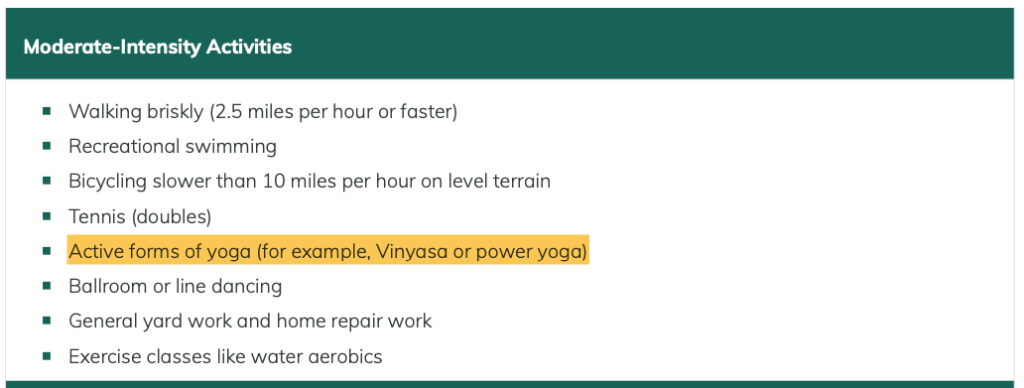The U.S. Department of Health and Human Services issued guidelines for the amount and types of physical activity to reduce the risk for common diseases, and to improve health for people with chronic diseases. The guidelines recommend that cancer survivors engage in regular physical activity for its many health benefits. For adults with breast, colorectal, or prostate cancer, greater amounts of physical activity were associated with lower risk of dying from their cancer. For some cancer survivors, regular physical activity may reduce the risk of dying from any cause. Since physical activity can also improve quality of life, fitness, and physical function in cancer survivors, as well as reduce fatigue and some adverse effects of cancer treatment, all cancer survivors should be as active as they are able. The government recommends that individuals with cancer consult with their doctor or an exercise professional to determine what is the best type and level of physical activity for them.

Guidelines for adults are:
- Adults should move more and sit less throughout the day. Some physical activity is better than none. Adults who sit less and do any amount of moderate-to-vigorous physical activity gain some health benefits.
- For substantial health benefits, adults should do at least 150 minutes (2 hours and 30 minutes) to 300 minutes (5 hours) a week of moderate-intensity, or 75 minutes (1 hour and 15 minutes) to 150 minutes (2 hours and 30 minutes) a week of vigorous-intensity aerobic physical activity, or an equivalent combination of moderate- and vigorous-intensity aerobic activity. Preferably, aerobic activity should be spread throughout the week.
- Moderate-Intensity Activities included ‘Active forms of yoga (for example, Vinyasa or power yoga)’

- Additional health benefits are gained by engaging in physical activity beyond the equivalent of 300 minutes (5 hours) of moderate-intensity physical activity a week.
- Adults should also do muscle-strengthening activities of moderate or greater intensity and that involve all major muscle groups on 2 or more days a week, as these activities provide additional health benefits.
Guidelines for children, teenagers, older adults, pregnant and postpartum women, adults with chronic health conditions, and adults with disabilities are also provided. Download the guidelines here.
These new guidelines are similar to those set by American Cancer Society. Read the ACS guidelines here.
Source:
